Exploring Bungemuseet: A Historic Peek into Gotland’s Rural Past
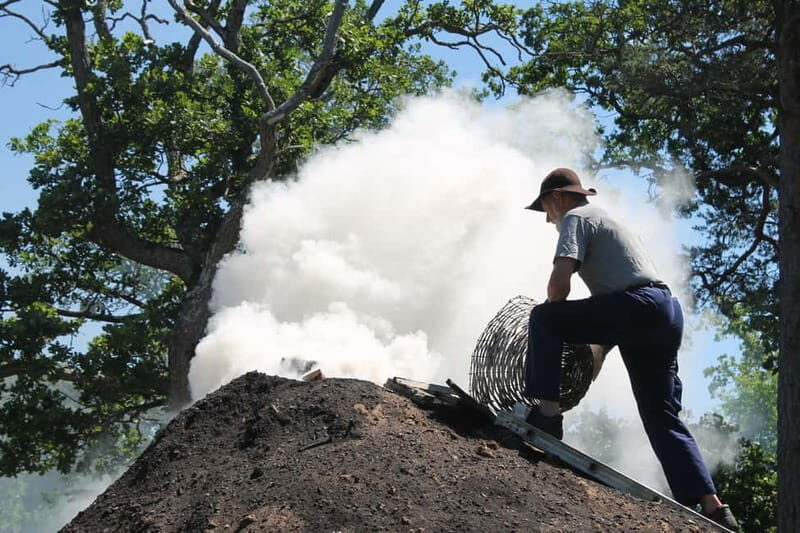
Visiting Bungemuseet offers a fascinating glimpse into rural life on Gotland through a thoughtfully curated outdoor museum experience. Though I haven’t personally wandered its grounds, the detailed reviews and descriptions paint a vivid picture of what travelers can expect.
Three things stand out about Bungemuseet: First, the preservation of historic buildings transports you back in time. Second, the peaceful natural setting makes it an ideal spot for a leisurely day. Third, the magnificent Viking era picture stones provide a fascinating connection to ancient Scandinavian history.
One potential drawback is that the guided tour is only in Swedish, which might be limiting for non-Swedish speakers. However, the overall experience seems perfect for history buffs, families, or anyone interested in rural Swedish culture and architecture. If you appreciate authentic, educational outdoor activities, this spot could be a highlight of your Gotland trip.
You can check availability for your dates here:Key Points
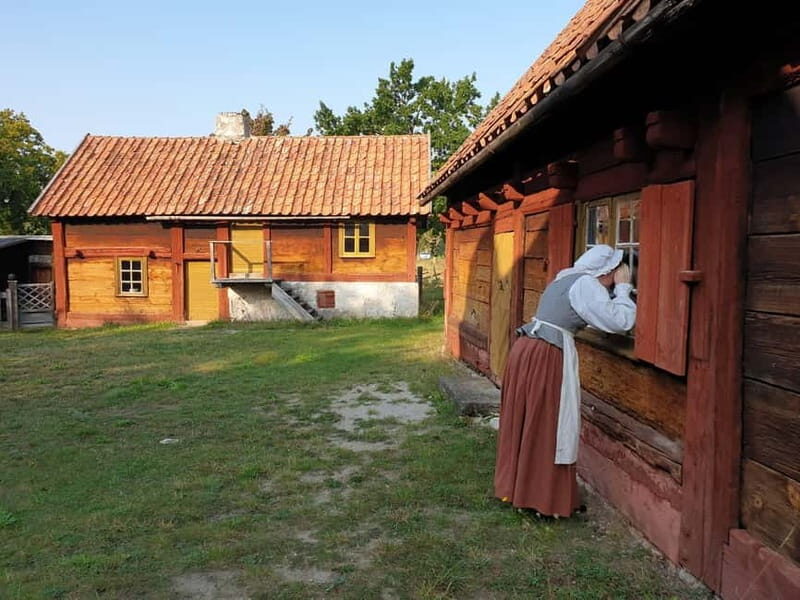
- Historic Buildings: Experience original structures from Gotland’s past, carefully preserved and transported to this outdoor setting.
- Guided Tour: Included in the ticket price, offering insightful commentary (in Swedish).
- Natural Setting: Spacious grounds provide a tranquil environment for exploration and reflection.
- Viking Picture Stones: Marvel at ancient carvings that connect you directly to Scandinavia’s Viking age.
- Accessibility: The site is wheelchair accessible and family-friendly.
- Timing & Flexibility: Valid for one day, with available starting times—check ahead for current schedules.
An In-Depth Look at Bungemuseet
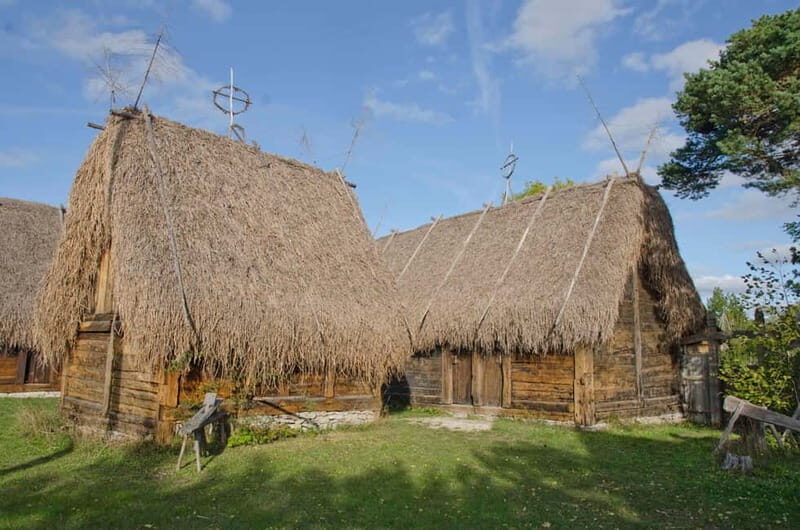
The Historical Roots and Purpose of the Museum
Bungemuseet was the brainchild of Th. Erlandsson, a schoolteacher born in 1869 who moved to Bunge from central Gotland. Recognizing that many old buildings on Gotland were disappearing, he set out to save some of the most historically significant structures. This effort began in 1908 when the first buildings, including old houses from Biskops, were relocated to this open-air museum.
The museum’s goal is to show visitors how rural Gotlandic peasants lived across the 17th, 18th, and 19th centuries. Over the years, local residents contributed to the collection, making it a community-driven project. Today, the site not only preserves buildings but also offers an authentic sense of rural life, far from the tourist-heavy urban centers.
What You’ll See and Experience
The museum’s unique outdoor layout allows visitors to wander freely among historic structures, many of which are original and brought from threatened demolition sites. These buildings include traditional farmhouses, workshops, and other rural structures that paint a vivid picture of everyday life on Gotland.
One of the most striking features is the collection of Viking age picture stones. These carvings are some of Scandinavia’s oldest artifacts, offering a direct link to the Vikings who once roamed these lands. It’s a rare opportunity to view these stones in a natural setting, away from museum halls, which makes the experience all the more engaging.
More Great Tours NearbyGuided Tours and Accessibility
The guided tour (in Swedish) is included in the ticket price. It offers valuable context about the buildings, the history of the area, and the significance of the Viking stones. While the language limitation might be a hurdle for non-Swedish speakers, local guides often speak enough English to share key insights, or you can explore the site independently with the informative signs.
The site is wheelchair accessible, making it suitable for visitors with mobility needs. The grounds are extensive but laid out in a way that should accommodate most visitors comfortably.
Practical Details & Value
The entrance ticket grants access for a full day, though check available start times before planning your visit. The ticket includes access to Bungemuseet itself and the Bunge Skolmuseum, adding further layers of rural history to your experience.
Pricing-wise, the ticket offers good value, considering the combination of outdoor exploration, guided commentary, and access to historic structures. If you’re interested in Scandinavian history or rural life, the cost seems reasonable for an immersive day out.
What Past Visitors Say
Reviews mention that the atmosphere is peaceful and authentic, with some noting that the guided tour significantly enhances understanding—even if in Swedish. Visitors appreciate the well-preserved buildings and the chance to walk through history at their own pace.
Some reviews note that the outdoor layout allows for a relaxed experience, perfect for families or those seeking a quiet cultural excursion. The Viking picture stones especially captivate visitors, who find them both beautiful and historically significant.
Tips for Your Visit
- Check the availability and start times in advance to maximize your day.
- Consider bringing a translator app if you don’t speak Swedish, to get more from the guided tour.
- Wear comfortable shoes suitable for walking on uneven outdoor surfaces.
- Bring a camera—there are plenty of photogenic spots, especially by the Viking stones.
- Visit early or late in the day for the best light and fewer crowds.
Who Will Love Bungemuseet?
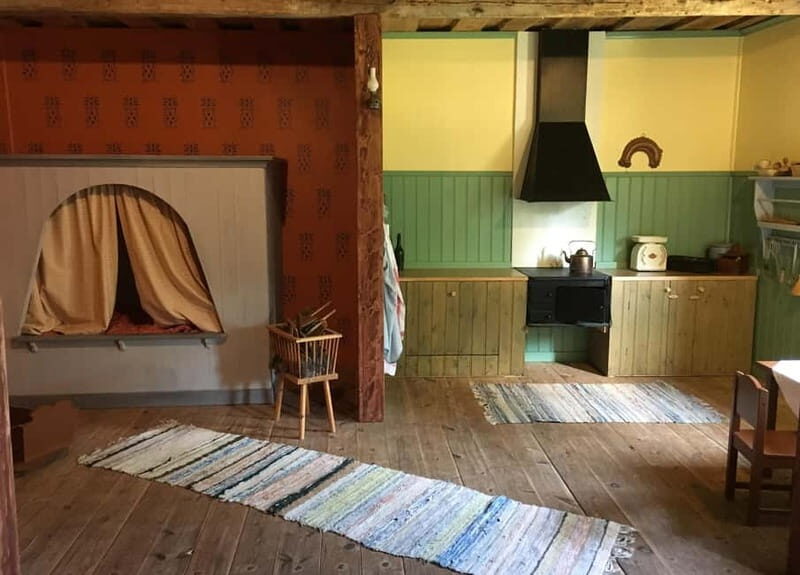
This site is ideal for travelers who enjoy history, architecture, and outdoor exploration. It’s especially suited for those keen on Scandinavian traditions and Viking artifacts. Families with kids will find it engaging, especially with the open space to roam freely.
If you value authentic, community-driven cultural experiences and don’t mind a guided tour in Swedish, Bungemuseet offers a meaningful way to connect with Gotland’s rural past without breaking the bank.
Frequently Asked Questions
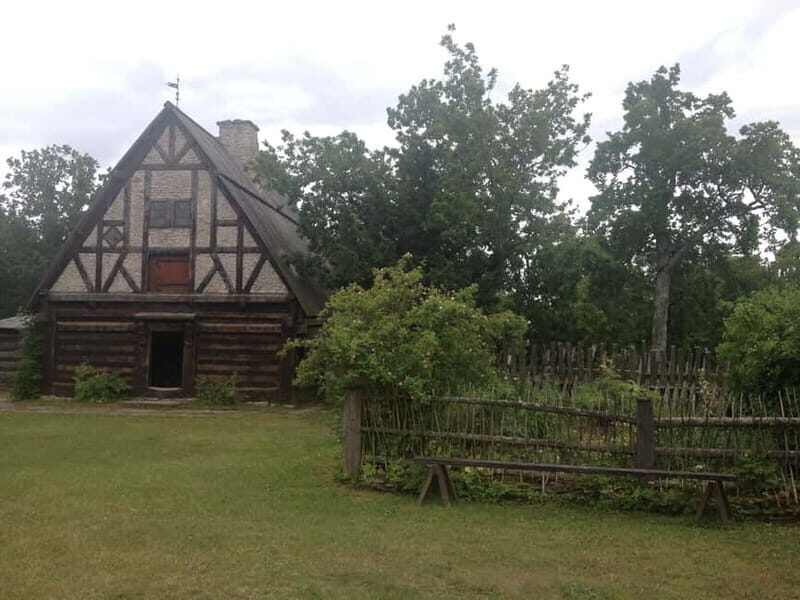
Is the ticket valid for a specific time?
Yes, the ticket is valid for one day, but you should check the available starting times to plan your visit accordingly.
Can I visit Bungemuseet if I don’t speak Swedish?
While the guided tour is in Swedish, the site is accessible independently, and signage may offer some information in other languages. You might find it helpful to bring a translation app.
Is the site wheelchair accessible?
Yes, Bungemuseet is wheelchair accessible, allowing visitors with mobility needs to explore comfortably.
How long should I plan to stay?
Most visitors spend around a few hours exploring the buildings, grounds, and Viking stones, but you can tailor your visit based on your pace.
What’s included in the entrance ticket?
Your ticket grants access to the outdoor museum, the guided tour (in Swedish), and the Bunge Skolmuseum.
Can I take photos?
Yes, photography is generally permitted, and the scenic outdoor environment makes for great photos.
Are there facilities on-site?
While not explicitly mentioned, expect basic amenities, and it’s wise to carry water and wear suitable shoes for walking.
Is it suitable for children?
Absolutely. The open-air setting and historic buildings make it a family-friendly experience.
What is the significance of the Viking picture stones?
These stones date from the Viking age and feature carvings that tell stories or commemorate individuals, connecting visitors directly to Scandinavian history.
How does this compare to other outdoor museums?
Bungemuseet’s focus on rural Gotlandic life and Viking artifacts offers a specialized experience that combines architecture, history, and natural beauty, making it one of the more unique outdoor museums in Sweden.
Final Thoughts
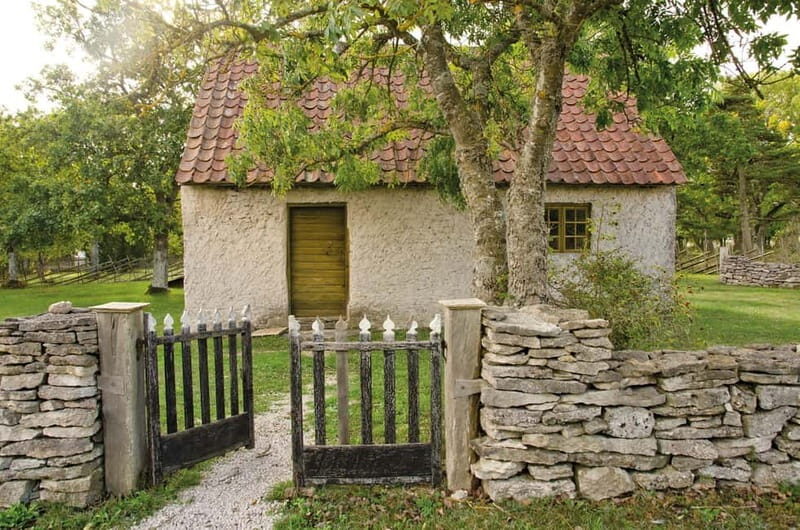
Bungemuseet offers an immersive, authentic look into Gotland’s rural past, blending historic architecture, Viking artifacts, and peaceful natural surroundings. The inclusion of a guided tour enriches the experience, providing context that makes the visit more meaningful, even if in Swedish.
Whether you’re a history enthusiast, a family exploring outdoor sites, or simply looking to enjoy a tranquil day among old buildings and stones, this outdoor museum provides excellent value and a genuine taste of Scandinavian heritage.
For those seeking a relaxed, educational, and visually captivating outing, Bungemuseet stands out as a worthwhile stop on your Gotland itinerary. The combination of preserved structures, scenic grounds, and historic artifacts makes it a memorable and enriching experience.
To sum it up, Bungemuseet is best suited for curious travelers eager to learn about Gotlandic rural life and Viking history in a scenic outdoor setting. Its affordability, accessibility, and authentic atmosphere make it a top choice for a relaxed cultural excursion that leaves you with a real sense of the island’s historic soul.
You can check availability for your dates here: